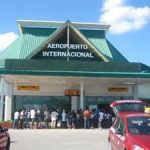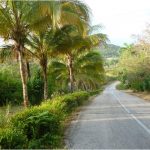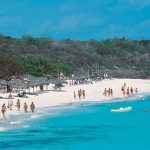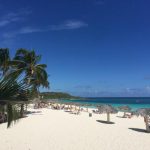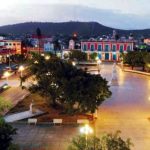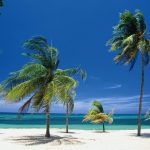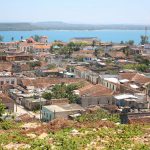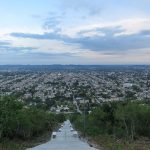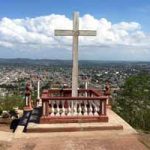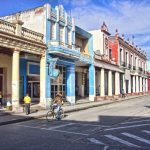Holguin
You are here for our cycling tours in Cuba, but lets dig deeper
The Cuban city of Holguin deserves a visit. Situated in the island’s east a short flight from the capital, it was founded right back in 1545, and is today Cuba’s fourth largest city, but its relatively limited tourist numbers means it’s one of the best places in Cuba to experience the authentic life of Cuba’s people away from the camera lens’ of the international media. Away from the spotlight in the lesser visited east of the Cuban island, Holguin offers visitors some fine tourist attractions. Whether your main interests are history, shopping, or simply flopping on a beach, Holguin holds something for you!
Places to keep in mind
You are here to ride your bicycle, and though there is plenty of that, here are some interesting spots. Many you will visit with us but maybe some are worth you taking your time while you are here.
- Campina Taina
- BioParque Rocazul
- Casa de La Musica Holguin
- El Chorro de Maita Museum
- Carlos Manuel de Cespedes Park
- Hill of the Cross (Loma de la Cruz)
- Cayo Saetia
- Playa Guardalavaca
- Pinares de Mayari
Brief History
Very nearby Holguin, the first European visitor set foot on Cuba. Christopher Columbus landed in what is believed to have been today’s Holguín province on October 27, 1492. He declared that it was “the most beautiful country human eyes had ever seen”. Soon more ships arrived from Spain and Cuba was inhabited slowly despite the struggles with the native Indians.
Holguin is an ancient city with an eventful history. Founded as San Isidoro de Holguín in 1545, it is named after its founder Captain García Holguín, a Spanish military officer. The city has witnessed a great deal of fighting during the Wars of Independence. It has a predominant Hispanic influence and has various monuments paying tribute to its war heroes.
In 1600, Holguín separates the administration of the city of Bayamo. In 1712 the Bishop of hostis Gerónimo y Valdés authorizes the chapel of the city becoming a Church. Juan González de Herrera was the first priest holder. 14th, 1720 is the date used by residents of the city to celebrate its foundation. The date is the first mass celebrated in the Church of San Isidoro present.
In 1726, Diego de la Torre Hechavarría becomes the first city officials responsible to mediate in local conflicts. In 1745 Captains Pedro Batista Bello y Garced dies in battle against the English, who tried to ascend from the bay of the river Gibara Cacoyuguín to seize the city. Holguín in 1751 received the title of City.
The province of Holguin was founded in 1978, when it was split off the region of Oriente, which included the current provinces of Santiago de Cuba, Las Tunas, Granma, Holguin and Guantanamo.

